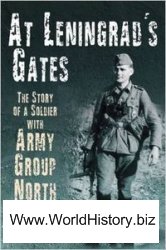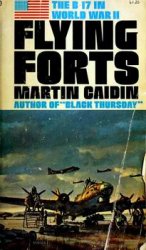Hoping to force a battle on Northern territory. With a victory on Northern soil, the British and French might start actively supporting the South. He also believed sympathetic young men in border states might join the Confederate cause.
Into the North. After bloodying Pope, Lee led his ragged army across the Potomac into Maryland. Farmers watched as the underfed and weary men trudged up the roads. They were, according to one Maryland woman, the dirtiest men she’d ever seen. It was hard to believe that these shoeless ragamuffins were the same ones who had been thrashing the Union army.
With Lee practically on his doorstep, Lincoln was wonied. He relieved General Pope from command and put McClellan back in charge of the Army of the Potomac. The president knew McClellan was not a fighter, but he needed to stop Lee, and only "Little Mac” could pull the Union army together in time.
McClellan was not eager for battle, but he now had an advantage. Confederate soldiers had left behind a copy of Lee’s orders at an abandoned campsite. A Union corporal had stumbled on this precious piece of intelligence. Now McClellan was cocky. "Here is a paper with which, if I cannot whip Bobbie Lee, I will be willing to go home."
Tipped off by a Southern sympathizer, Lee began to realize that his forces were in trouble. He pulled his divided army back to the ridges outside the town of Sharpsburg. His back was against the Potomac.
McClellan caught up with him on September 15, but, as usual, he wasn’t in a huny to attack. The Union general, commanding no fewer than 87,000 troops, feared, as always, that he was outnumbered. Though he could not see them, he was sure Lee had more than 100,000 men waiting on the banks of Antietam Creek. He wasted all of September 16 worrying about it before deciding to attack.
Miller’s Cornfield. It was nearly the end of the
Maryland summer. Green com was growing tall in the fields surrounding Sharpsburg. The weather was still humid and hot, with just a hint of autumn in the stands of trees between the fields.
A mist covered those fields at dawn on September 17. As the sun rose. Union General "Fighting Joe” Hooker sent his corps of 15,000 surging south toward the small white Dunker church. This high ground was guarded by Stonewall Jackson’s men.
Hooker’s troops met the Rebels in the lines of com. Both sides blasted each other with cannon through the stalks. The rifle and canister fire ripped bodies apart. Whole regiments fell. Union soldiers finally reached the church. But as they turned to look behind them, they saw the cornfield was carpeted with dead and dying;
8,000 men lay killed or broken on the bloodied stalks.
The Sunken Road. At midmorning, a Union attack rolled toward the center of Lee’s forces. There, Confederate troops sheltered in a sunken road that formed a natural trench. As the Union soldiers approached the trench, the Confederate riflemen aimed their weapons. Colonel John Gordon waited until the Yankees were just twenty yards away, then yelled "Fire!”
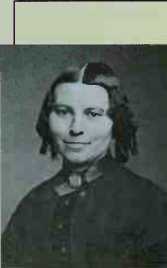
The wounded—those lucky enough not to be killed outright on the battlefield—faced an ordeal that made some wish for death. Many lay on the field for hours or even days. Those who survived faced agonizing amputations and lingering infections.
Clara Barton saw the misery of the war’s soldiers and wanted to do something about it. A five-foot-tall Massachusetts schoolteacher, she wasn’t exactly a choice candidate for the battlefield. But Barton overcame her natural shyness. She went first to Washington and began collecting food and donations. Through her organization, she was able to get needed supplies to the wounded.
In 1862, she headed for the fighting. She explained that her business was “stanching blood and feeding fainting men."
Barton was always the first nurse on the battlefield, beginning with the battle at Second Bull Run. At Antietam, she was giving a drink to a wounded man on the field when he was struck by a Confederate bullet and killed. The same bullet ripped a hole in her sleeve.
The soldiers she cared for named her “the Angel of the Battlefield,” and she stood by them underfire, even when their officers fled in panic. In 1881, Barton founded the American Red Cross.
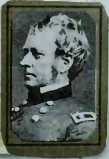
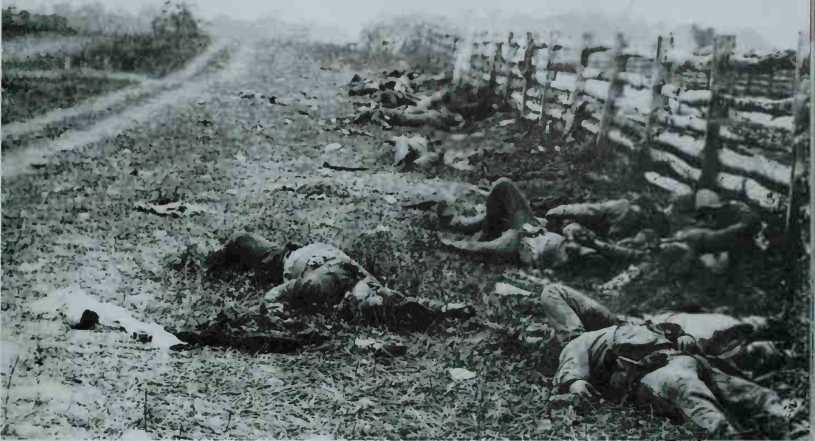
Union dead near Miller’s cornfield, Sharpshiirg, Maryland. The battle U’as the bloodiest day of the war.
Hundreds of Union soldiers, shot at close range, staggered and fell. Said Gordon: "The effect was appalling.... The entire front line, with few e. xceptions, went down in the consuming blast."
The Yankee charge at the trench was followed by another and another for two sickening hours. Thousands of soldiers seemed to melt in the musket fire.
Bloody Lane. Finally a Union regiment maneuvered onto a little knoll. From here they could fire down on the Confederates at a slight bend in the road. The fire from above so shocked the Rebels that one whole brigade tried to escape the trench. They were shot down by the hundreds. The sunken road became the Bloody Lane. Bodies tumbled back into the trench and covered the roadbed, in some places two or three deep.
Burnside’s Bridge. A fresh push from McClellan’s reserves would have punched through Bloody Lane and split Lee's army. But McClellan held back, still thinking Lee outnumbered him. The center of the Confederate line still held—by the thinnest of threads. Now the fighting shifted to the Union left flank.
The Union corps led by Ambrose Burnside was ordered to strike Lee’s right flank, across Antietam Creek. Instead of fording the shallow creek, Burnside’s 11,000 men tried over and over again to capture a naiTow stone bridge that crossed it. The span was defended by just 550 Rebels on the heights above. Charging Yankees drove into the teeth of the Confederate rifles. Onlv after three
Bloody tries did Union troops scatter the defenders.
Burnside was now set to destroy Lee’s weakened right flank. At three o’clock in the afternoon, he pushed toward Sharpsburg. But just as he was closing in. Confederate reinforcements arrived from Harpers Ferry. This Rebel division fell upon Burnside’s men and broke the Union attack. By sunset the fighting was over. Two days later Lee’s army retreated across the Potomac. McClellan had stopped Lee’s invasion, but at terrific cost. The 22,726 casualties from both sides made September 17, 1862, America’s bloodiest single day of combat.
“...the slain lay in rows precisely as they had stood in their ranks a few moments before. ” —Genei al Joe Hooker
The North called the terrible field of war Antietam, while the South named it Sharpsburg. Perhaps no other battlefield was a clearer symbol of the tragedy of the Civil War. Fought practically on the border between North and South, Antietam cost both sides teiribly in dead and wounded sons. In the end, no one really won the battle.
FEEDEniCKSEDEGi




 World History
World History
